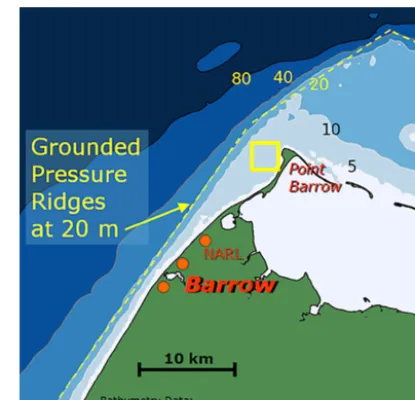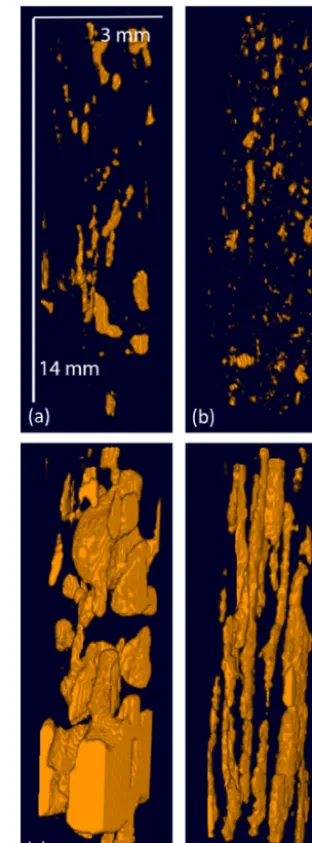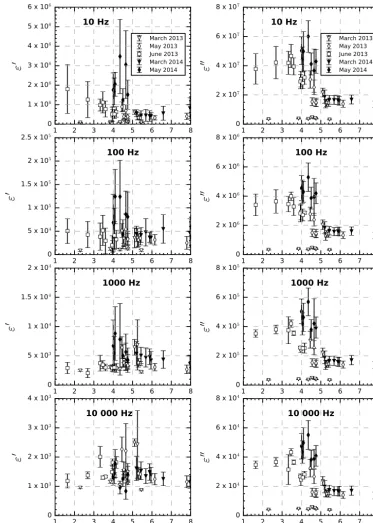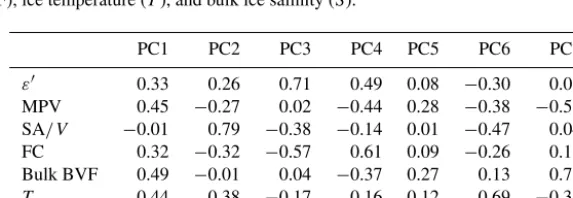In situ field measurements of the temporal evolution of low-frequency sea-ice dielectric properties in relation to temperature, salinity, and microstructure
Full text
Figure




Related documents
In all cases of sales, the parties make a contract, which is subject to the general rules governing all contracts; in all cases of sales, the purchaser pays a price, and the
Nonstandard finite differences methods (NSFDs) in addition to the usual prop- erties of consistency, stability and hence convergence, produce numerical solutions which also
Recently added experiments include: setups for keV and fast neutron transmission, a C 6 D 6 detector array for keV neutron capture measure-.. ments, and a fast neutron
The input information is coded using different coding methods such as convolutional, turbo etc. The coded data is then interleaved to avoid burst error. The interleaved data is
The techniques of this method was to develop a new preprocessing discrimination prevention technique that consists of various data transformation methods includes rule
All patients treated as outpatient or admitted to a burn centre within 5 days post burn, with burns of indeterminate depth (burns not obviously superficial or full thickness) and
(ii) this study is likely to act as a point of reference for future tax compliance costs studies of corporate taxpayers utilising tax agents survey; and. (iii) the findings in





